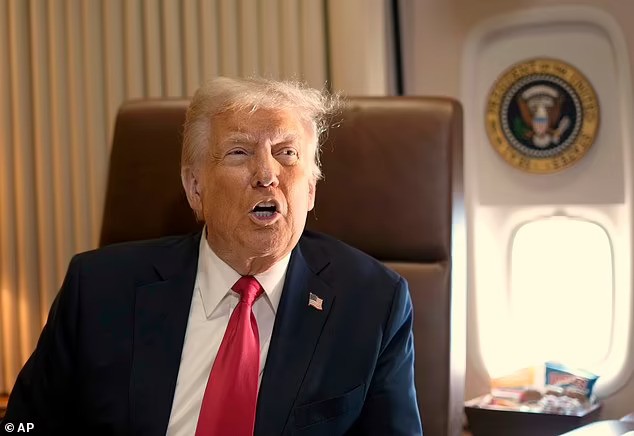So, Trump did a 180 on Tuesday. Earlier in the day, he was all set to double tariffs on Canadian steel and aluminum—bumping them up to 50%. Big move. But then, just a few hours later, change of plans.
Trump’s latest move shook financial markets
Trump’s latest move got people worried about inflation again.
This all happened after Ontario Premier Doug Ford said he’d slap a charge on the electricity Canada sends to over a million U.S. homes.
His message was to drop the tariff threats, or Canada’s turning up the heat
With Trump throwing out that 50% tariff threat, Ford decided to hold off on the surcharge. Instead, he’s heading to D.C. on Thursday to sit down with U.S. Commerce Secretary Howard Lutnick and talk things out.
The White House confirms 25% tariffs with no exceptions
So, after all the back-and-forth, the White House came out and cleared things up—only the originally planned 25% tariffs on steel and aluminum were actually happening, no special deals for anyone.
Basically, the 25% tariff was locked in for Canada and every other trade partner, no exceptions, starting at midnight on March 12th.
Stock market falls, then rebounds after Ford’s response
The whole U.S./Canada drama just added more chaos to an already shaky market, with investors still trying to keep up with Trump’s tariff talk. Stocks took a nosedive right after Trump’s post on Truth Social, but they bounced back a bit after Ford hit pause on the surcharge—and after Ukraine agreed to a 30-day ceasefire.
Trump defended tariffs despite economic concerns
Trump didn’t seem too bothered by the market swings. When reporters asked about it, he just brushed it off, saying markets go up and down, but his focus was on rebuilding the economy.
Canada’s leadership transition unfolds during trade tensions
The trade war drama heated up right as Prime Minister Justin Trudeau was getting ready to step down. His successor, Mark Carney, had just won the leadership race for the ruling Liberals over the weekend and was set to take over this week.
On Monday, Carney made it clear—he couldn’t have a conversation with Trump until he was officially sworn in as prime minister.
Trump sat down with around 100 CEOs from major U.S. companies
There were fears that what seemed like a smooth economic path could take a turn, possibly bringing inflation back into the mix.
Before the meeting, airlines, department stores, and other businesses were already alarming enough.
Investor and consumer confidence weakens
Since taking office in January, Trump has been all about tariffs, and it’s starting to shake up investor, consumer, and business confidence. Economists are getting more worried that this could push the economy toward a recession.

















































